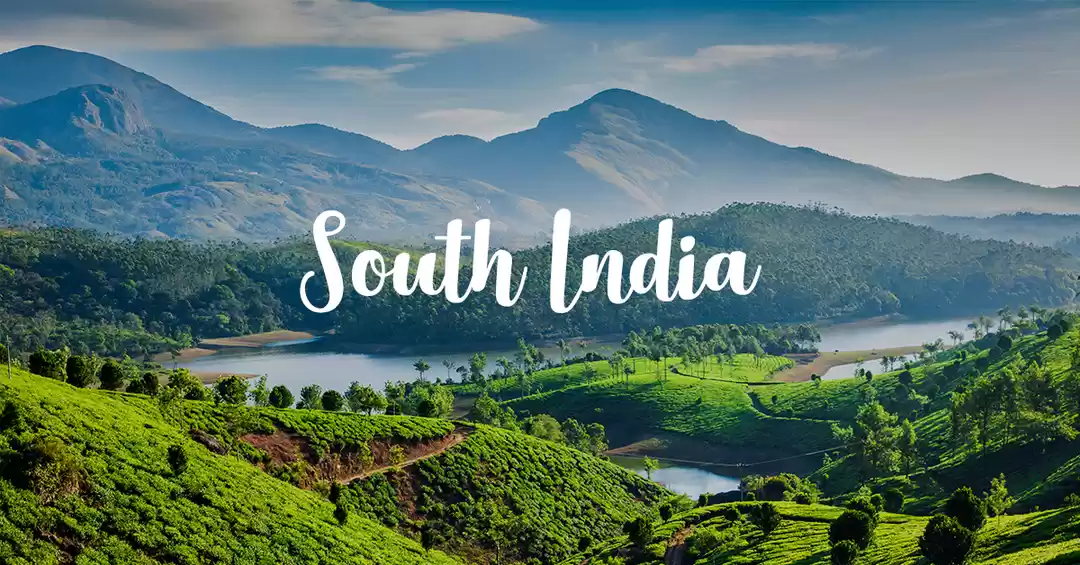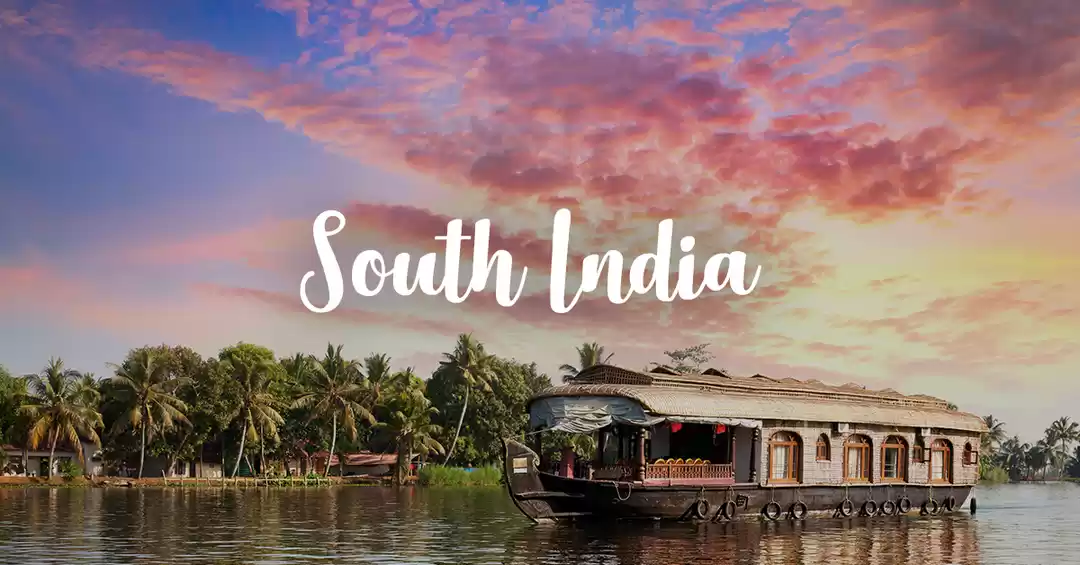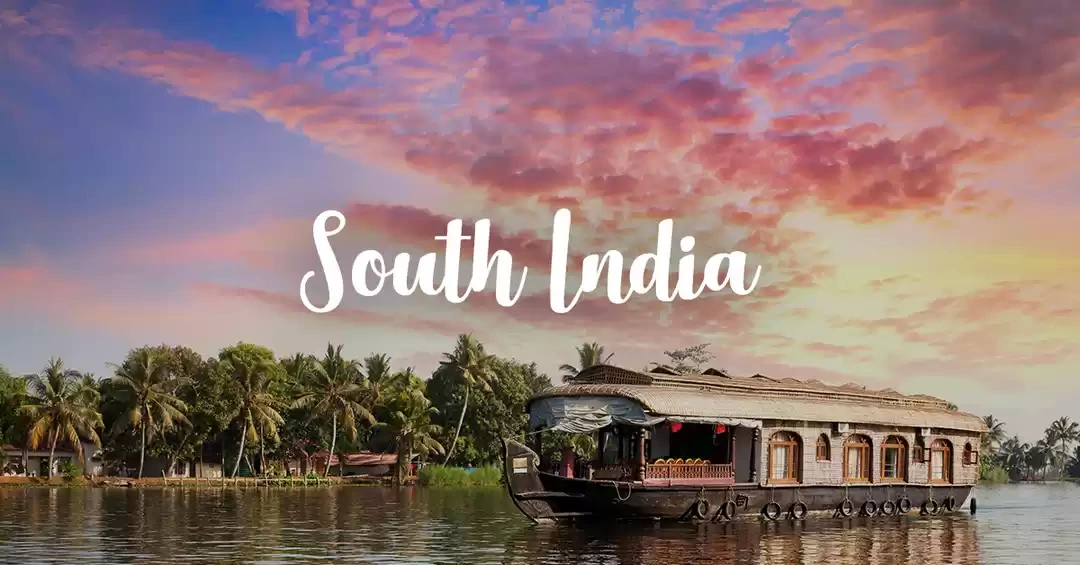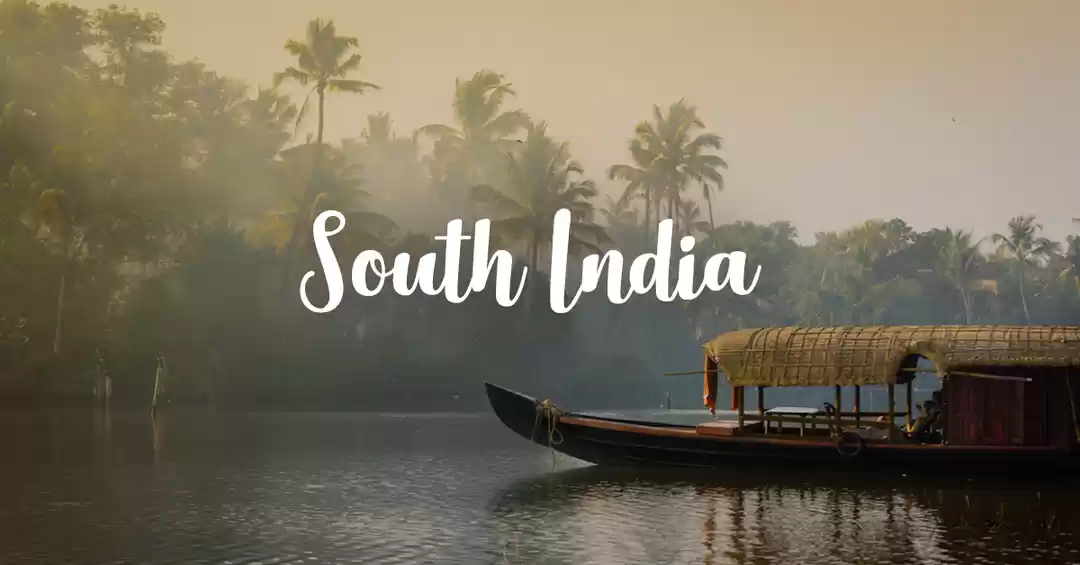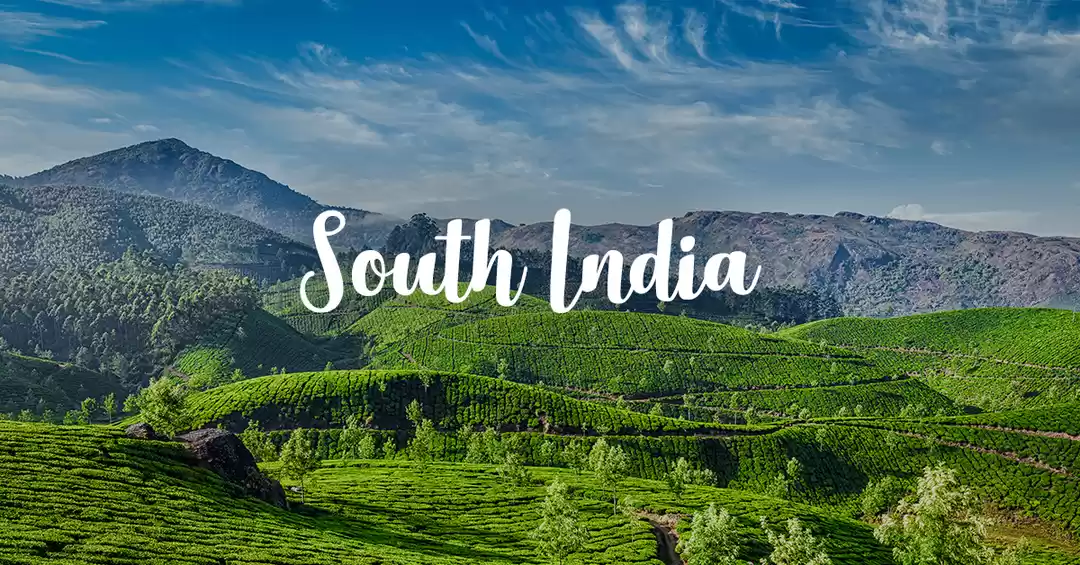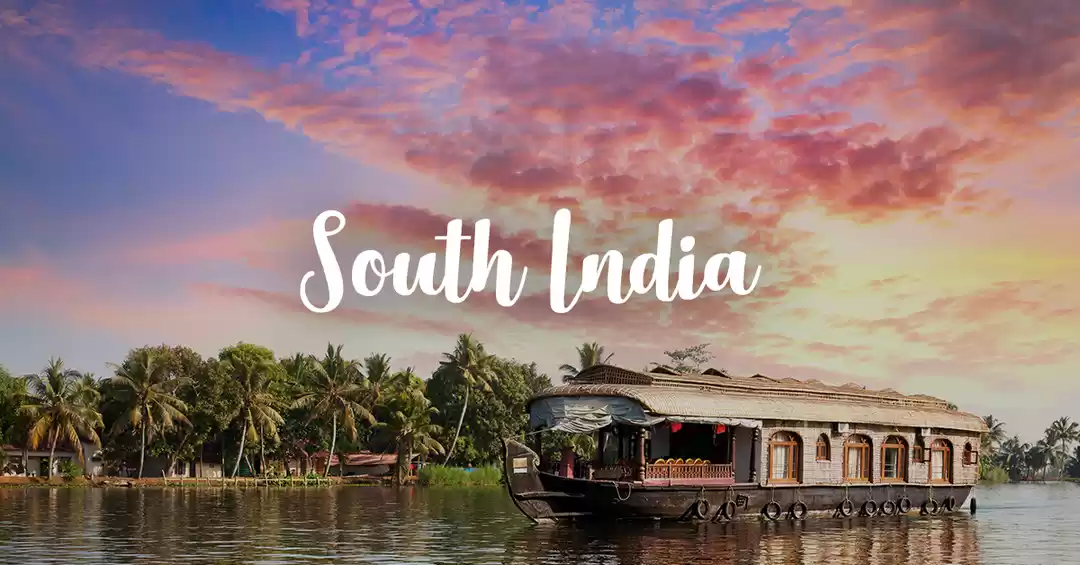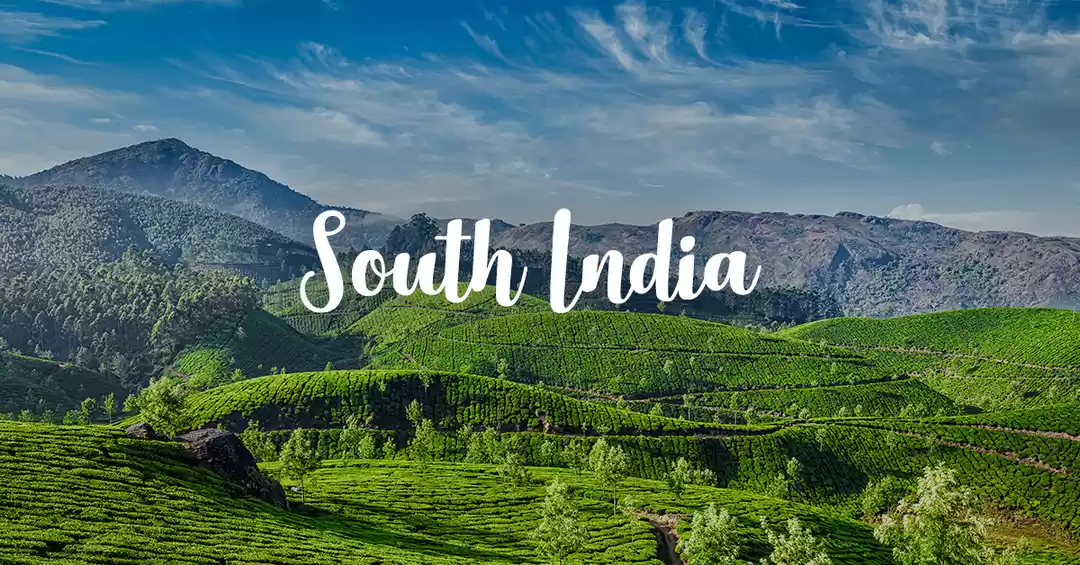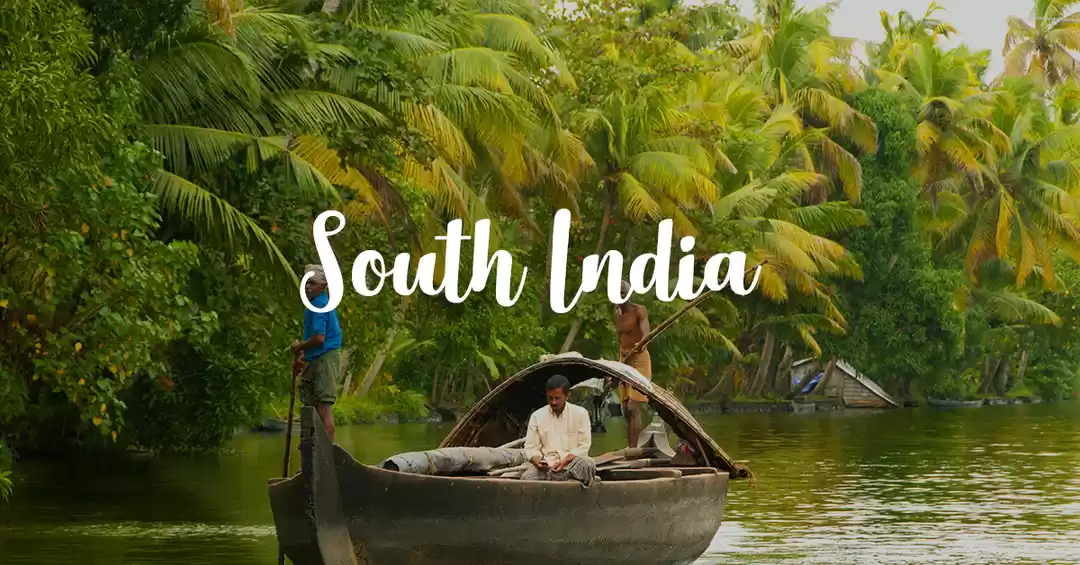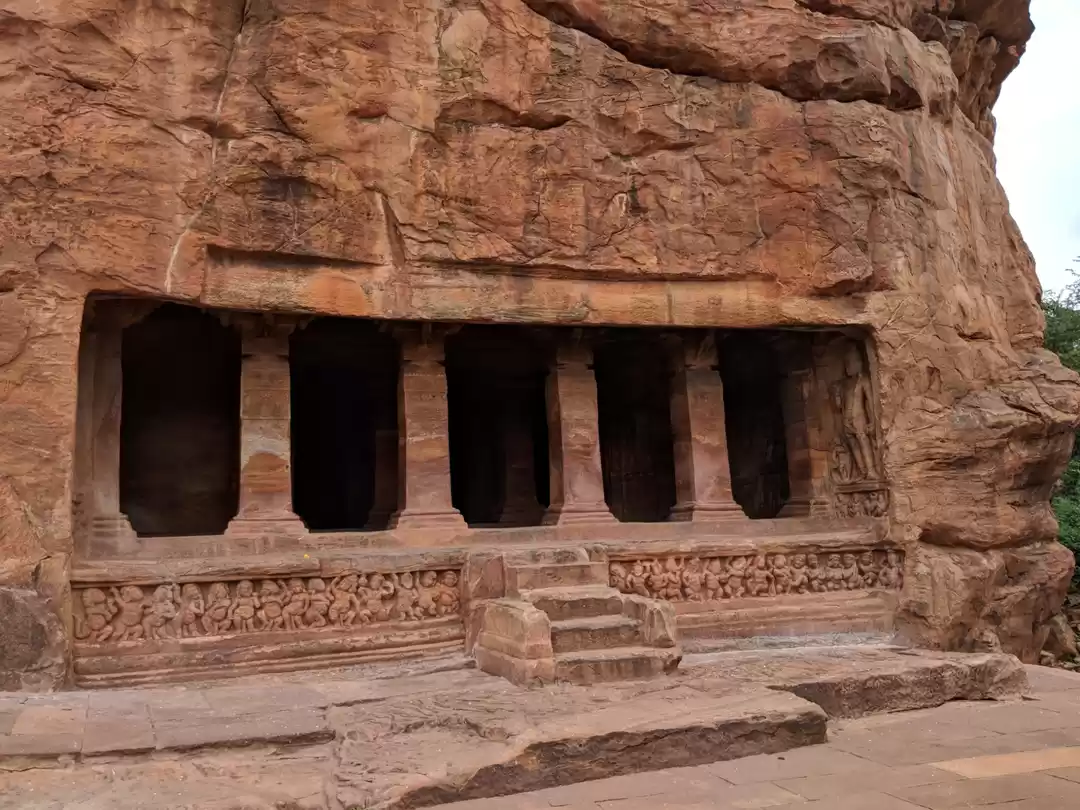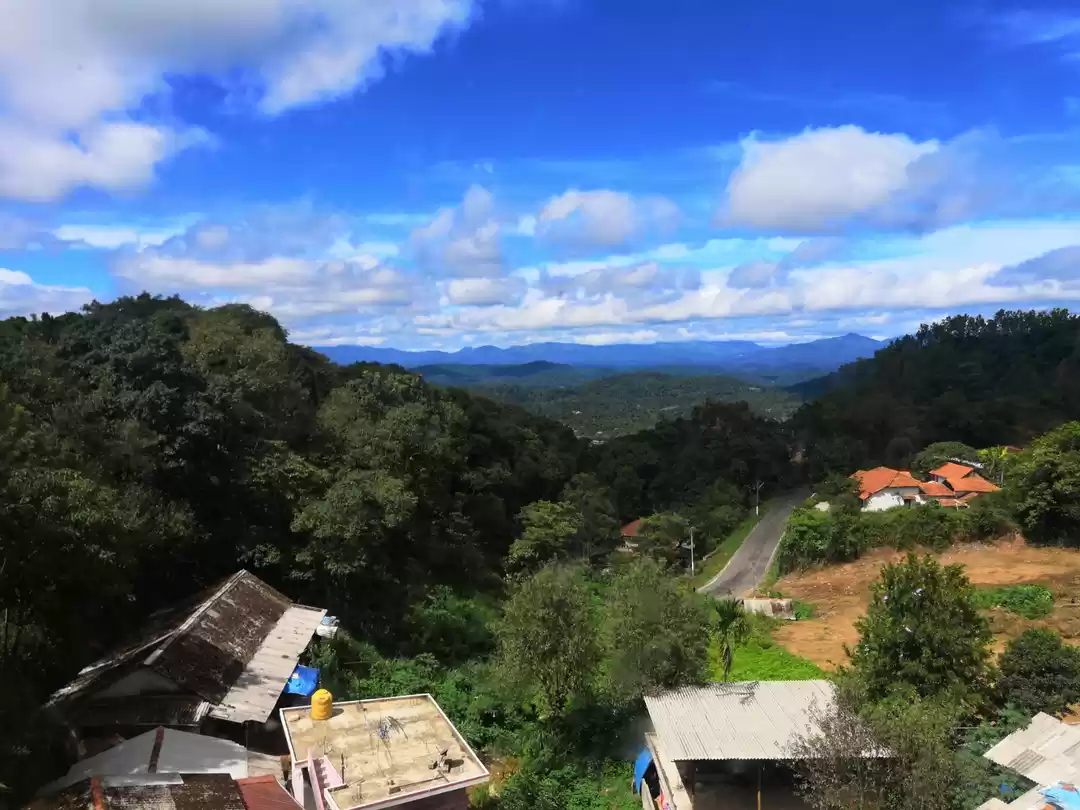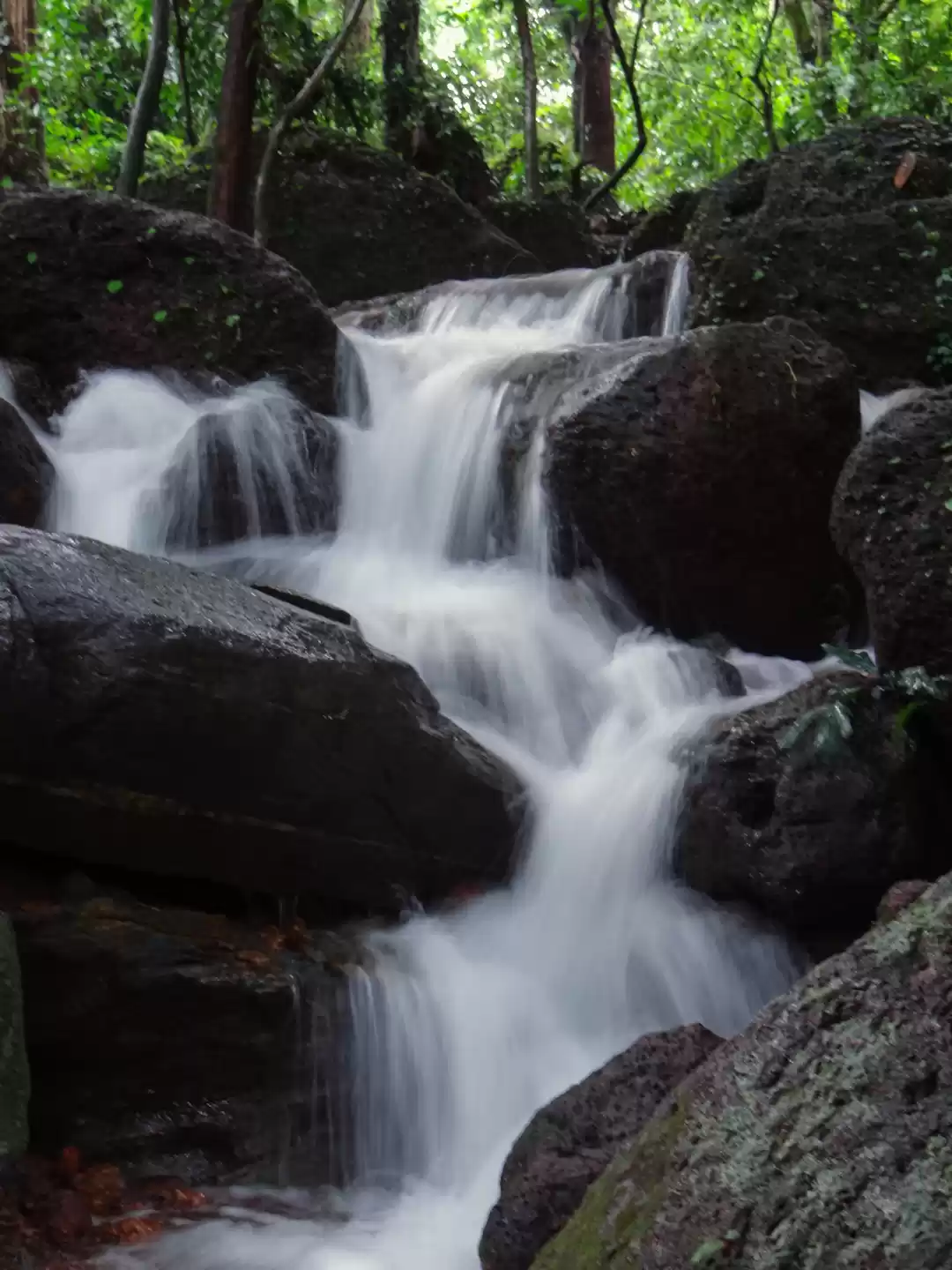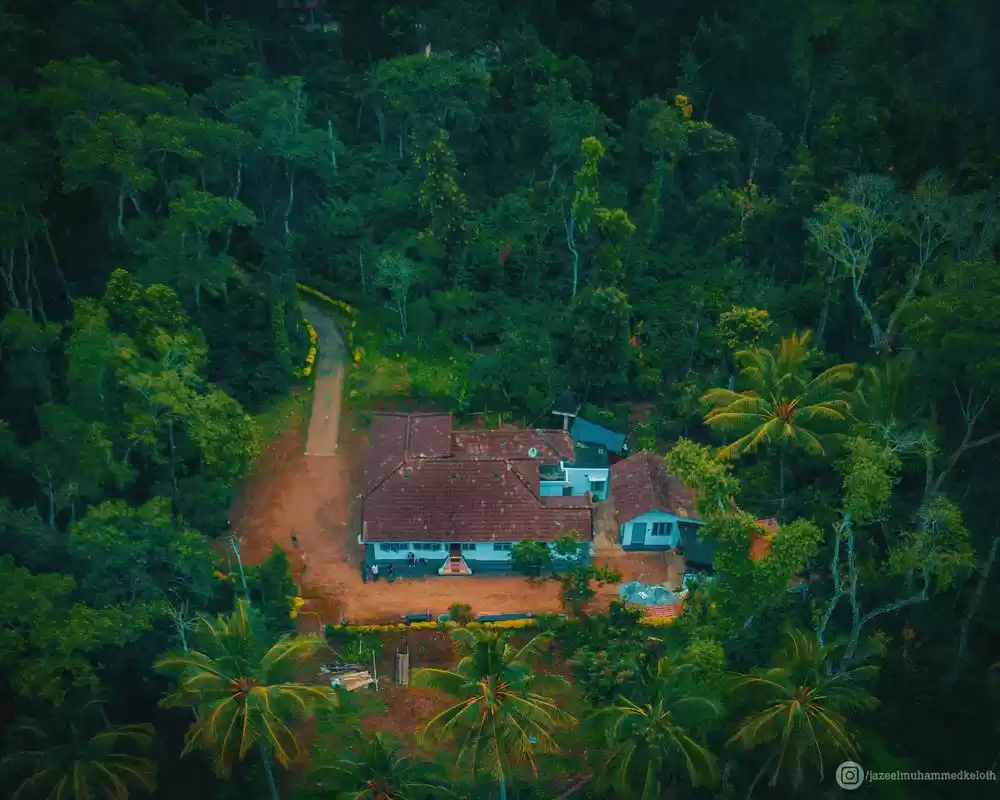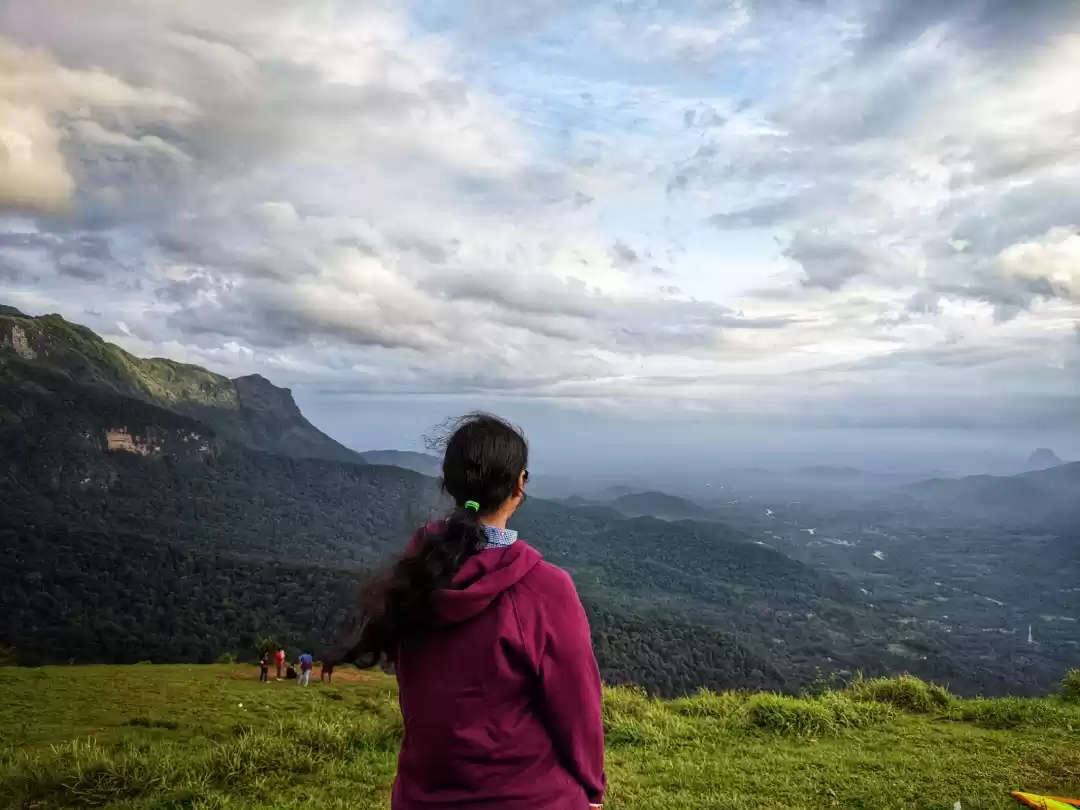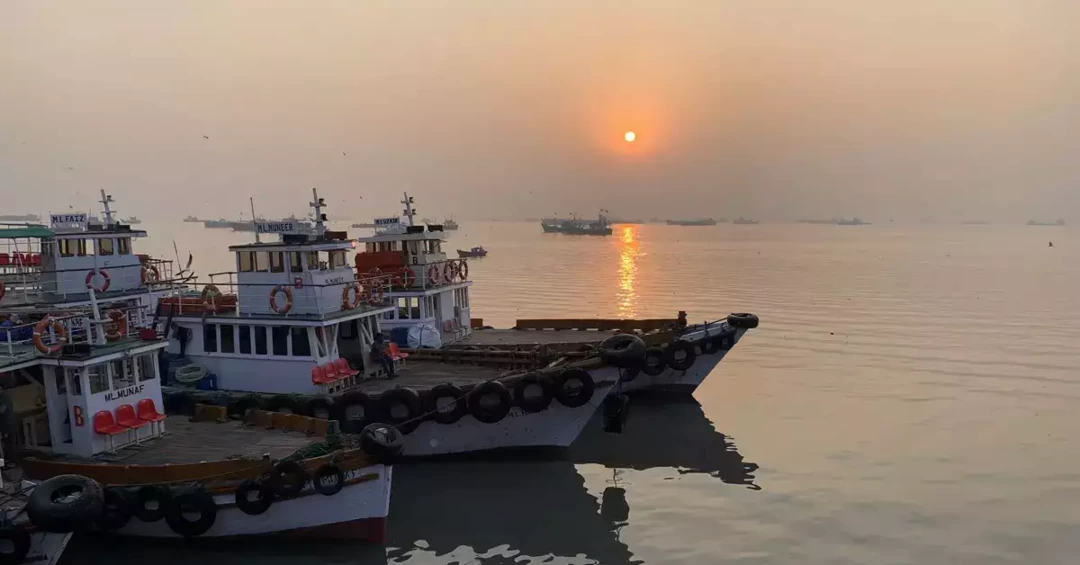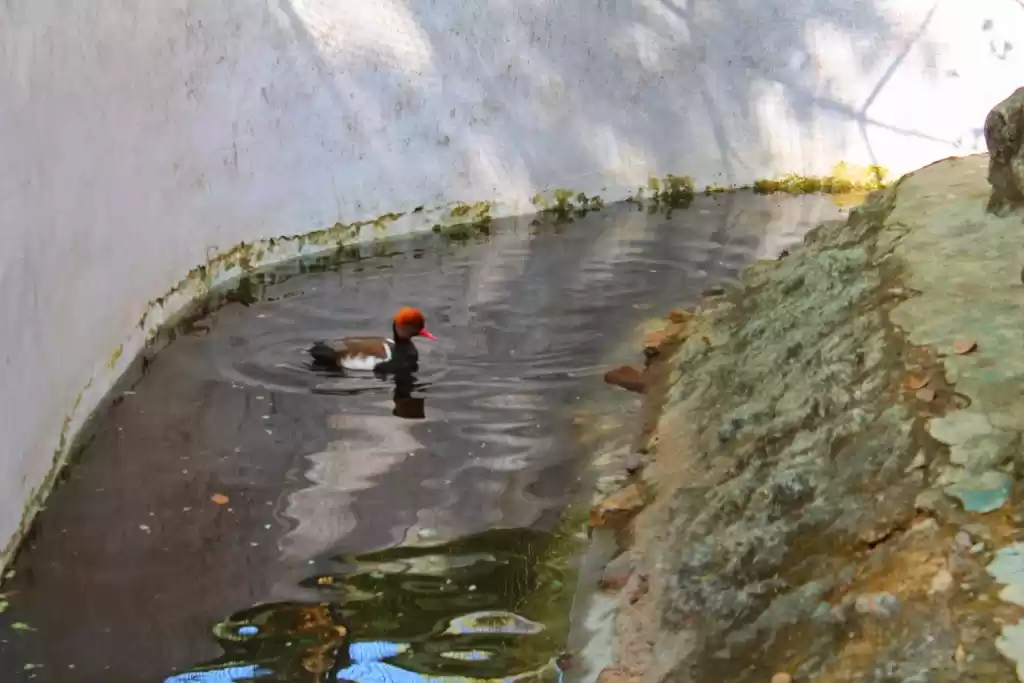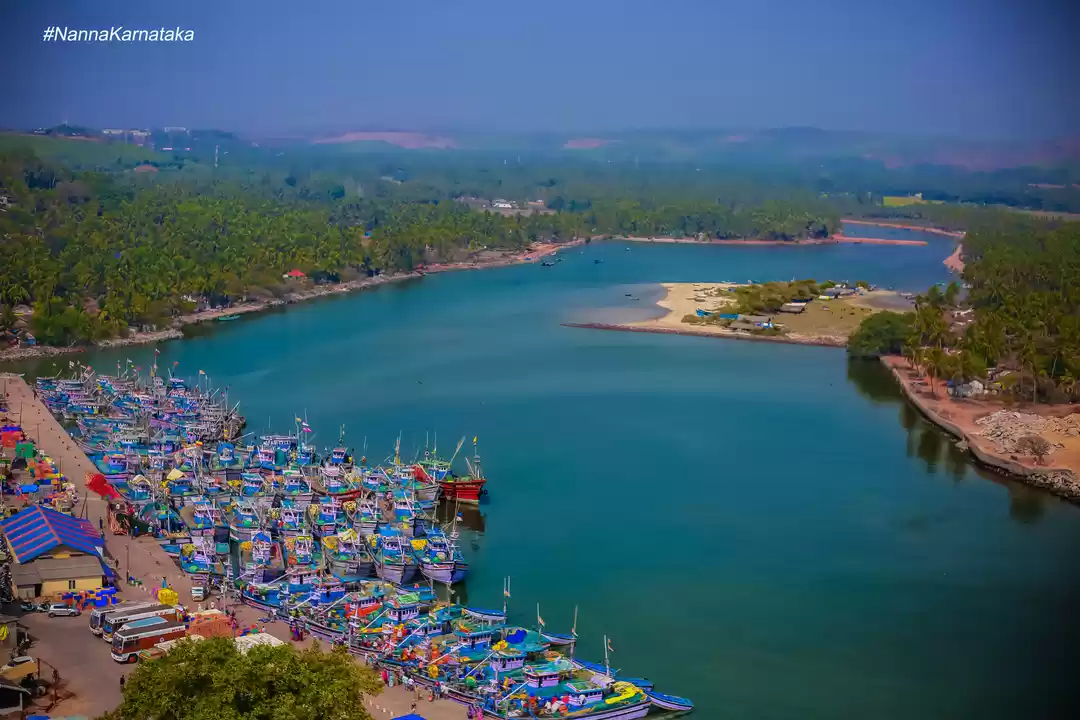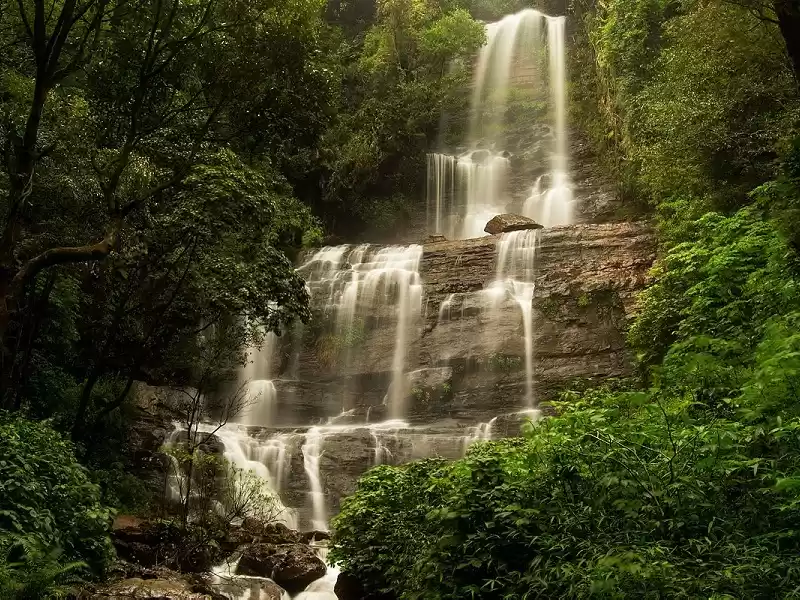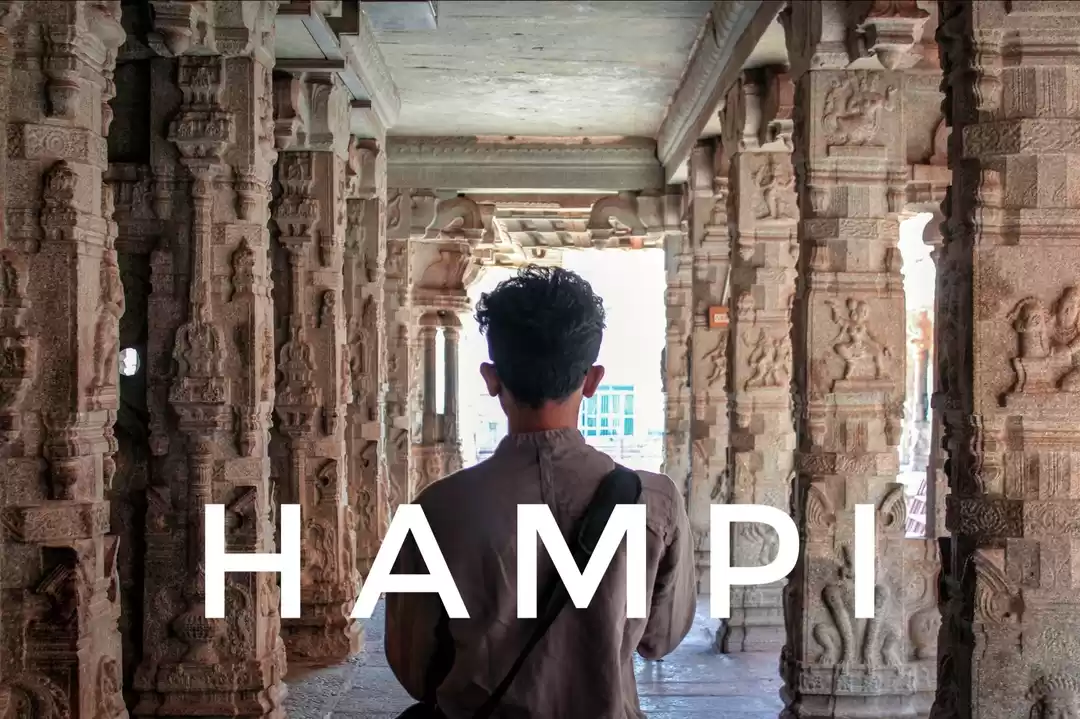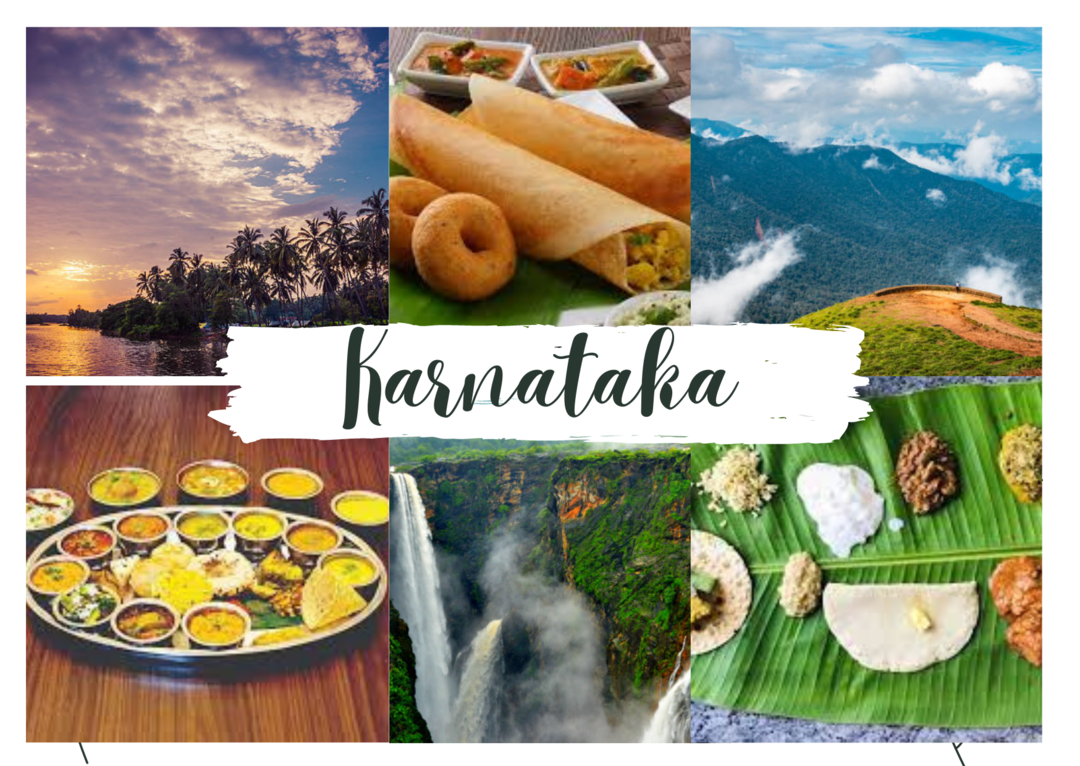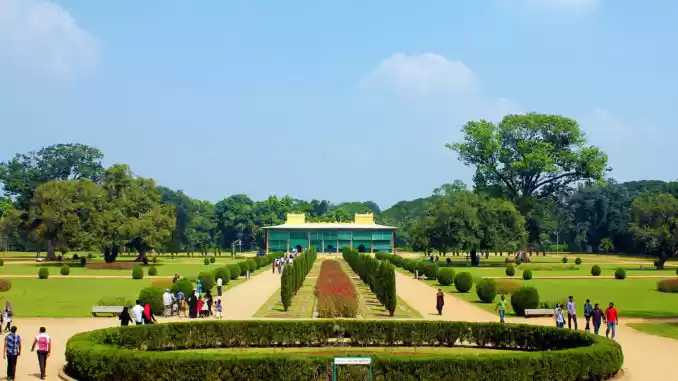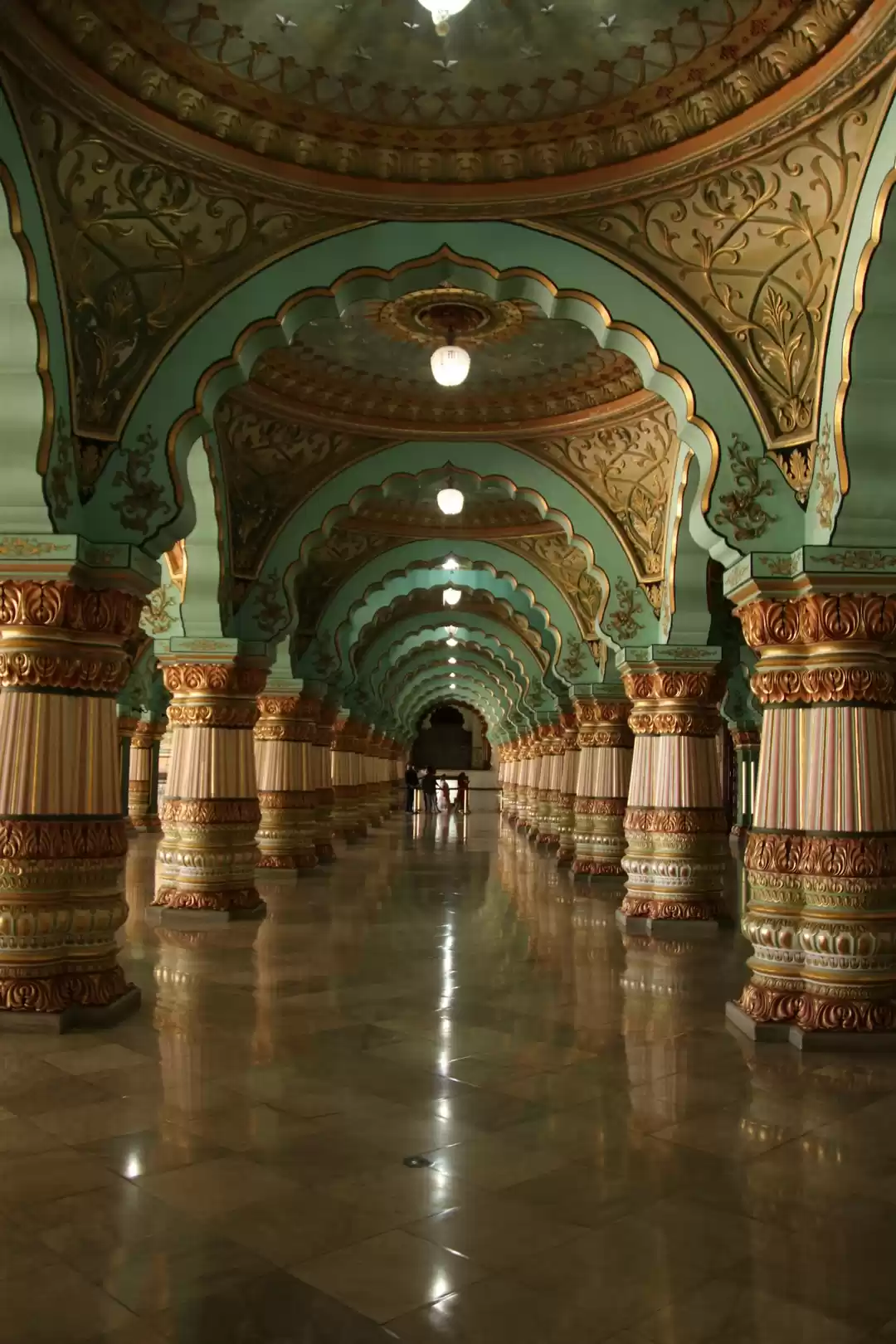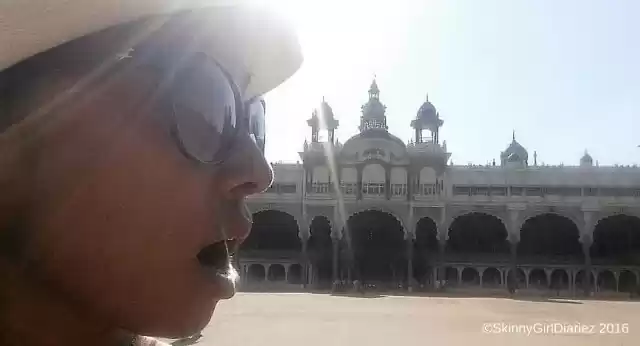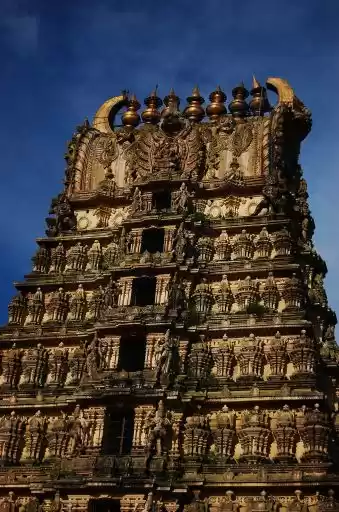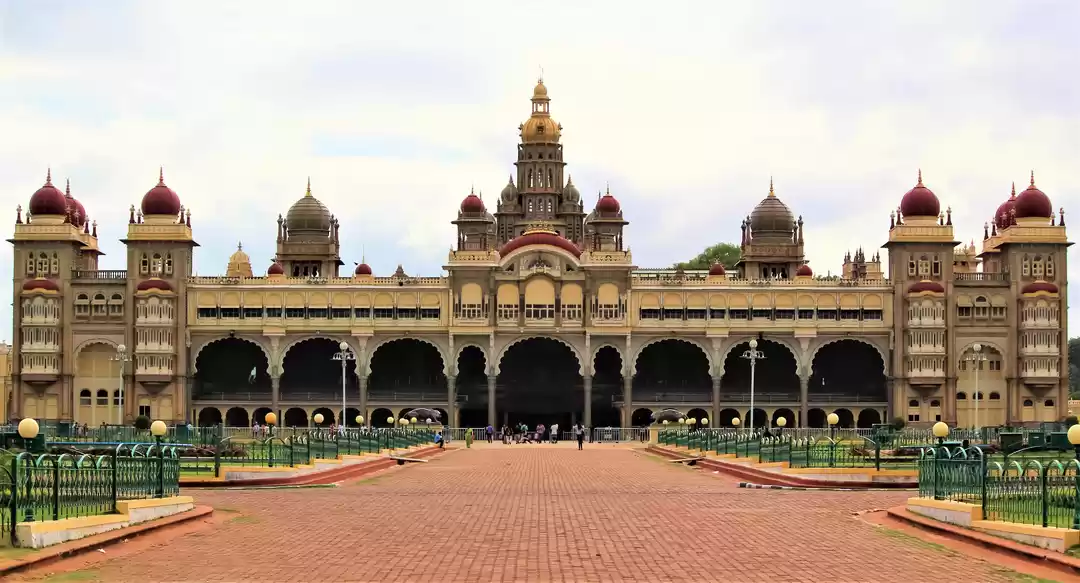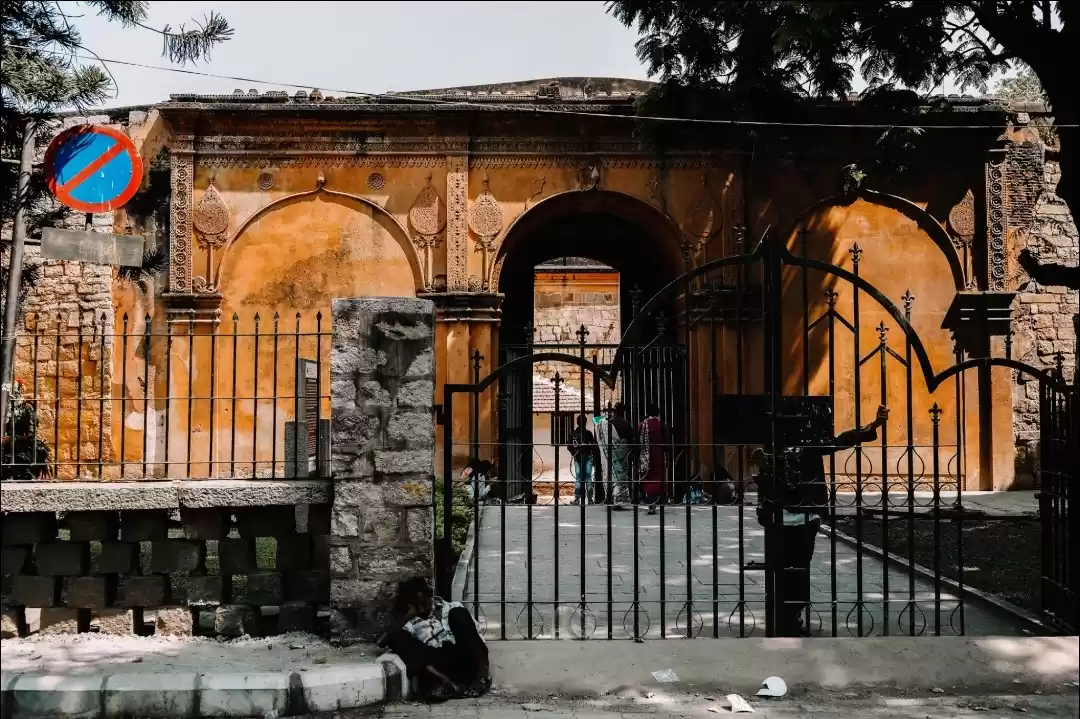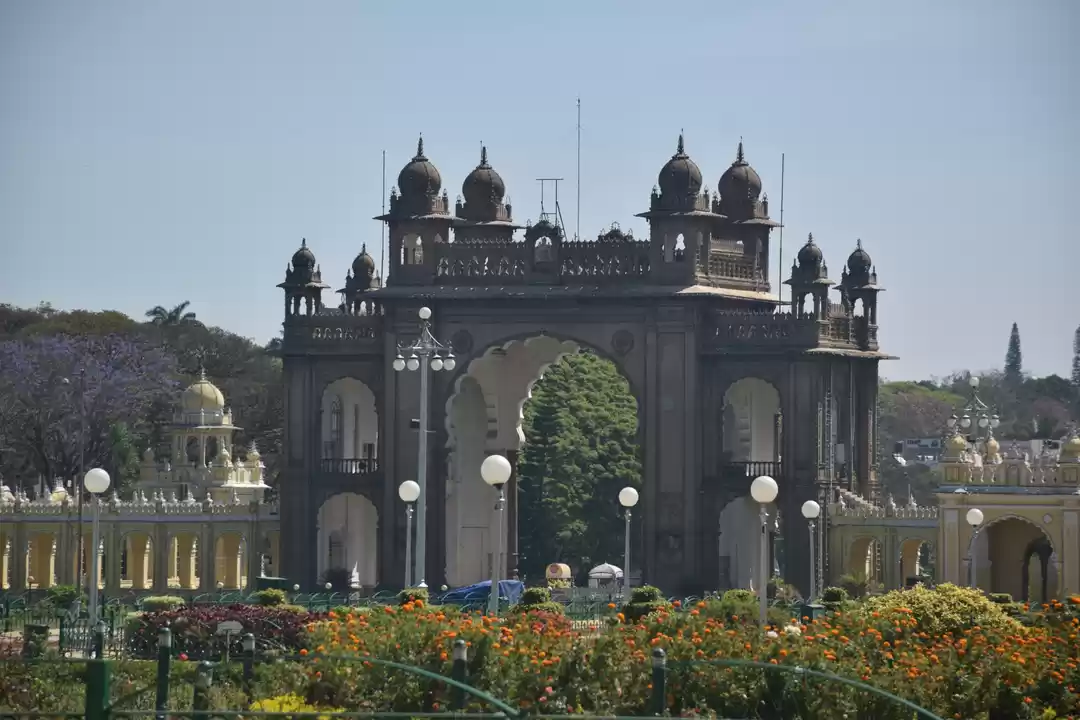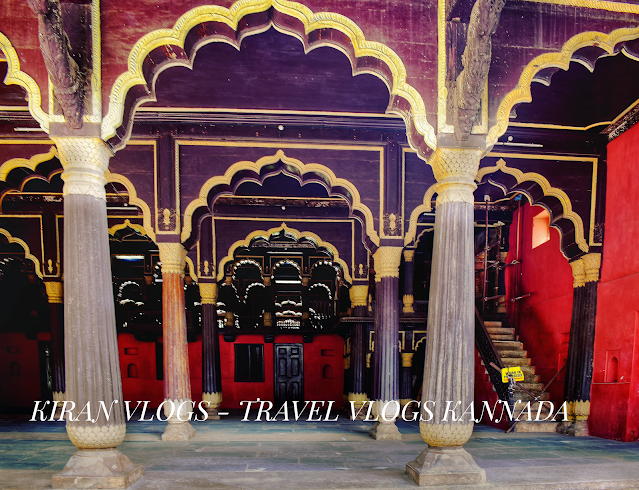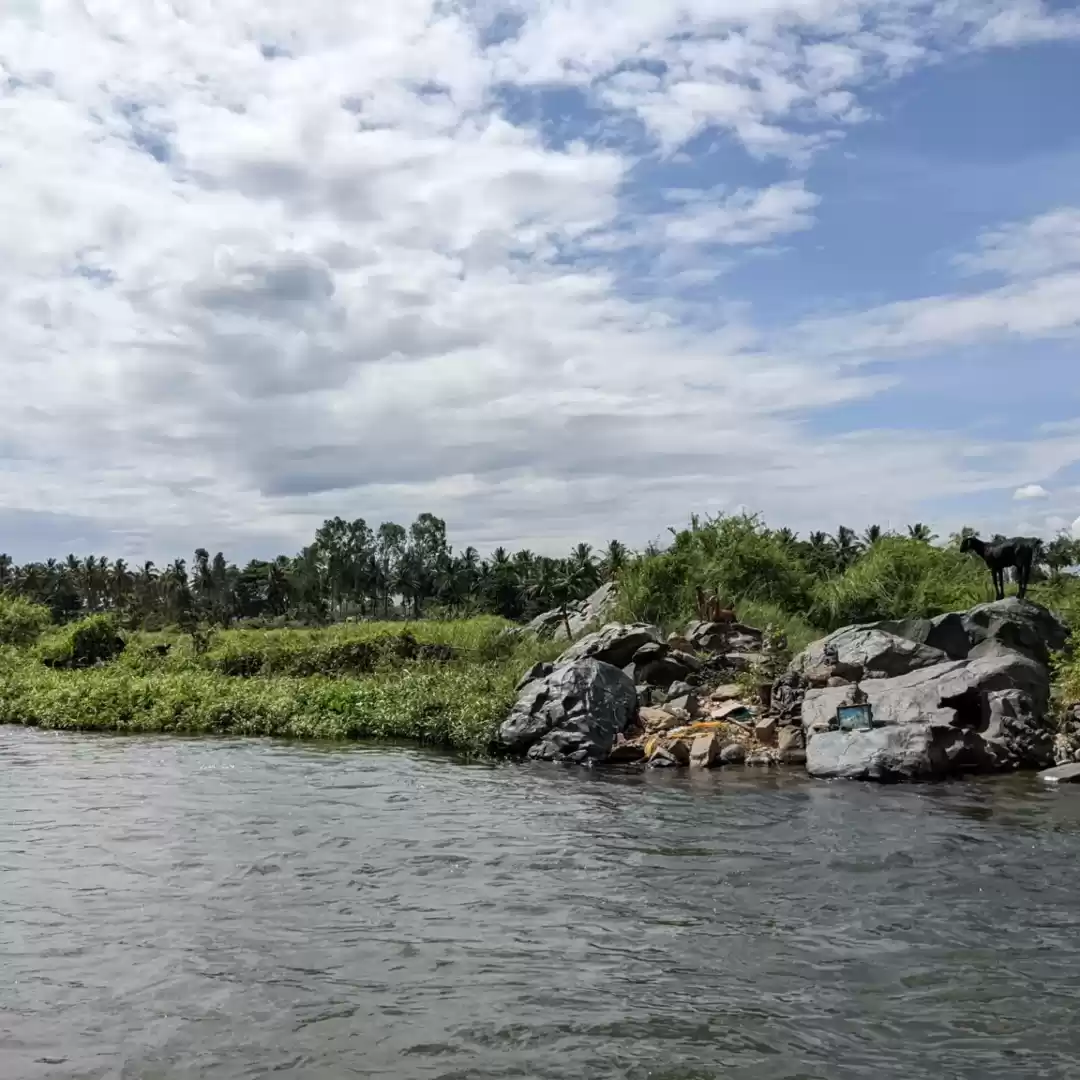
The Cauvery river flows to the north of Mysuru. Across the river on the northern bank is Mandya district. Between Mysuru and Mandya, inside the river itself, is the island town of Srirangapattana. The town itself is named after Sri Ranganatha Swamy, the chief deity of the town and a revered place for south India’s Vishnu-worshipping Iyengar sect among Brahmins. The name of the town can be broken into Sri Ranga Pattana, which in Sanskrit and Kannada means, ‘the city of Lord Ranga’. However, the rest of the town has relics and stories from another topic belonging to another religion. The majority of tourists visit Srirangapattana to relive the story of one of India’s fiercest warriors against British colonisation: The Muslim ruler Tipu Sultan. While there are equally impressive stories about the valour of Sultan Hyder Ali, it’s his son Tipu who takes centre stage in the island town.


The Sultanate of Mysuru
The Wodeyars ruled the Mysuru kingdom from the 13th century. They continued to do so even after India gained independence. They remained kings until Mysuru, the capital of the erstwhile Mysore presidency, was relegated as a municipal corporation within the administrative state of Karnataka, its capital status stripped off in favour of Bengaluru, the cantonment city. Today, the Wodeyar family stays in the magnificent Mysuru palace. It seems that Mysuru has been the home of the Wodeyars for nearly a millenium.
But for a fleeting 50 years, which is just the blink of an eye as far as Indian history is concerned, the Wodeyars lost Mysuru. Sultan Hyder Ali defeated them and annexed the town with the most pious Agrahara (religious, cultural and learning centre) for Vishnu devotees in the kingdom. During the two generations of Sultanate rule (Hyder Ali and Tipu Sultan), the town got a mosque, a fort, a palace and a Muslim mausoleum. The 50 years of rule were hardly peaceful. Both Hyder Ali and Tipu Sultan had constant clashes with the British who wanted Mysuru. Joining the British were the Hindu forces, mainly Marathas, Malabar and Travancore, who wanted restoration of Hinduism in a predominantly Shahi Karnataka, which was dominated by the Bahamani, Adil and Nizam dynasties between the 14th to 17th centuries. The Sultanate of Mysuru lasted a torrid time between the 1740s and 1799, ending with the assassination of Tipu Sultan and the capture of Mysuru by the British. The British mispronounced the name of the town as Seringapatna, a name that stuck throughout their rule.
The rich lifestyle of the Sultanate
The Bengaluru – Mandya – Mysuru national highway NH-275 cuts through the island of Srirangapattana, splitting it into east and west. Immediately to the east of the highway is the entrance to the Dariya Daulat Bagh, a Mughal style garden you’d typically see in Delhi and Kashmir. It has manicured lawns with several fountains and gardens of roses and several other flowers. One end of the garden has the main entrance gate, while at the other end is the palace of the Sultanate.

While the Dariya Daulat palace is not as opulent as the Wodeyar’s Mysuru palace, it is still a good specimen of the artistry from around Karnataka. The walls and pillars are made of wood and here you can see woodwork from Mysuru and Bidar. The ceilings are painted with patterns. The colours used are dyes made from natural sources such as beet, indigo, resin, etc. Dariya Daulat is showcased as a museum today. One gallery has wall paintings, one has coins started by Tipu Sultan and yet another one has works of art collected by the father-son duo. Yet more galleries have paintings representing the scenes from various battles fought by Hyder Ali and Tipu Sultan. Various scenes showing the Sultan’s triumphs and defeats are shown. Each painting has a caption to explain the story.

And then there is something unique to Dariya Daulat tourism. You can get an audio tour around the palace. Important artefacts in the palace are marked with numbers in a circle. You are given a toll-free number at the entrance of the palace. You can dial this phone number, which takes you to an IVR-based menu. On this menu, you can key in the number corresponding to the artefact that you are interested in. A voice commentary explains the significance of the artefact. Commentaries are available in English, Hindi and Kannada.
The Dariya Daulat palace is a good place to understand the life of Tipu Sultan in the form of short stories and commentaries.
Srirangapattana fort
It is funny that we write about the fort as if it were a feature inside the town. Truth be told, the entire town is INSIDE the fort. Srirangapattana is fortified on all sides by bastion walls. At places, the wall is high and has multiple levels, so that soldiers could get a vantage view around the town and across the river. Because it is a fort, you will see places like dungeons, cannon guns, escape passages and secret passages aplenty in different parts of the town.

To enter the town, one can take one of three gateways through which roads have been built. The gateways are very narrow and allow only one direction of traffic at a time. Each gateway has a massive door. During the rule of Tipu Sultan, these gates would be closed when danger was imminent. The railway line through Srirangapattana too enters and exits the fort area. The railway station is within the fort walls and is very close to the Sri Ranganathaswamy temple.
Jama Masjid
As was the legacy of Hyder Ali and Tipu Sultan with their every conquest, Srirangapattana too transformed into an Islamic town. The Jama Masjid, quite close to one of the gateways of the fort, was built during Hyder Ali’s rule and received endowments and further enhancements during Tipu Sultan’s rule. Along with Sri Ranganathaswamy temple, Jama Masjid is a highly significant religious shrine in town.
Death of the Sultanate
Srirangapattana is perhaps the only place where the death place of its king is marked prominently. During the Anglo-Mysore war of 1799, Tipu Sultan was cornered by the British forces. He was still fighting when one of the British soldiers put a bullet through him. Tipu Sultan was later found dead at the northern end of the fort town. Today this place is a site for a small lawn at the centre of which is a headstone saying that the body of the king was found here.

While the place is supposed to be sombre, it has been turned into a comedy. It is hilarious to see hordes of tourists, who pose for a selfie with a headstone near them saying, “Tipu Sultan’s body was found here”!
After-life
Muslim rulers all over India are known to have built huge mausoleums for generations of their lineage. The Mughals have done it at several places. So did the Adil Shahs, the Nizams and the Siddis. For them, the after-life seems to enjoy as much opulence as their living life. Tipu Sultan was no different. During 1784, he created a mausoleum named Gumbaz near the south-eastern corner of the island in remembrance of his father Hyder Ali. Subsequently, Tipu Sultan himself was buried in the main mausoleum of Gumbaz, alongside his father and mother. His wife, sons, daughters-in-law and several of his kin have tombs on the lawns around Gumbaz.


Controversy, confusion and accolades
History is always written and re-written by the victorious. It is always difficult, even impossible, to find the original account of what happened. Same is the case with Tipu Sultan’s life. Critics of Tipu Sultan tell us tales of how he ordered several Hindu temples and Christian churches destroyed and how he had people from religions other than Islam tortured and massacred. However, supporters claim that he was tolerant of other religions and in fact offered endowments to several temples during his tenure. Historians who are critical of Tipu Sultan resent the fact that he attacked several Hindu kingdoms in the vicinity, annexed them one by one and converted them to Islam. But supporters think of the attacks as necessary disciplinary actions. The incumbent Hindu rulers such as Maratha Peshwas, Malabaris and Travancoreans had several treaties with the British, thus giving the foreigners too many rights to the Indian soil. It is claimed that Hyder Ali and Tipu Sultan captured those territories with the intention of keeping them at bay from the British.
We don’t know which ones are true. But here are some objective observations. Srirangapattana temple was left intact in the king’s own capital. So were Hindu and Jain temples in nearby Chamundi Hill, Somanathapura, Talakkad and Shravanabelagola. After Tipu Sultan’s death in 1799, the British did up the ante. They reversed their loyalty with several Hindu kings and defeated all of them. Little by little, they defeated all of India. The whole of India was under British rule for 150 years after Tipu Sultan’s death. However, the observations are not meant to support Tipu Sultan. For every temple left alone, we’ll never know if any were destroyed, their records erased from history. We don’t know if any of the temples that appear intact today had to be rebuilt. Tipu’s death did weaken Indian resistance against the British in south India and strengthened the grip of the Union Jack. But Tipu himself sought foreign help. He sought the alliance of the French, who were then strong on the shores of Kerala. His communication seeking Napolean Bonaparte’s help is well documented.
Lack of accurate knowledge is the only thing that’s certain. So given the fact that Tipu Sultan was born in India and that accurate accounts of his warfare and (mal)practices are not available, we’d like to give him the benefit of doubt and respect him as one of India’s freedom fighters. As someone who showed great valour in the face of foreign invasion and died fighting for the cause.
Conclusion
Srirangapattana is not big, nor was the Sultanate rule in the town long. But in their fifty years of rule, Hyder Ali and Tipu Sultan lived in troubled and war-torn times. Four of those wars changed the course of Indian history. Despite their troubles, the Sultanate also showed how life can be celebrated, with Dariya Daulat being the pinnacle of such celebration. They celebrated after-life in the form of lavish mausoleums. If you are on a trip to Mysuru, you should spend one day across the river on this small island which has been granted UNESCO Heritage status.
--
This article first appeared on India 360 blog, where we, a couple from Mumbai, describe our all India trip during 2017-18.



